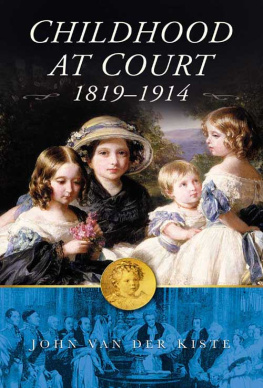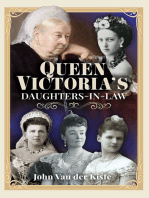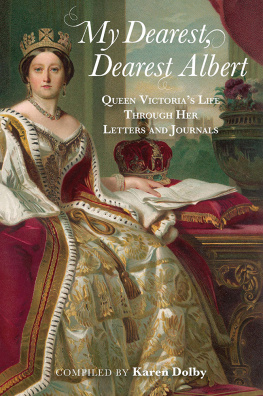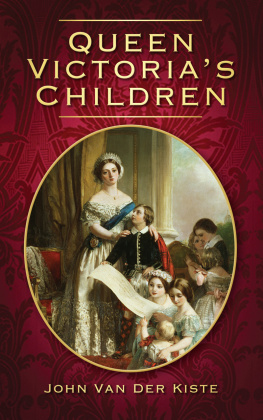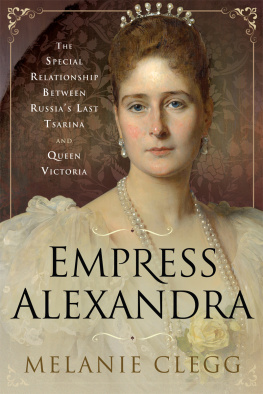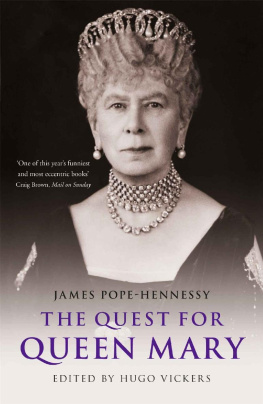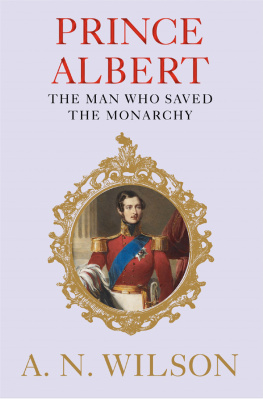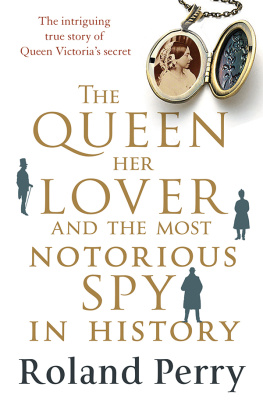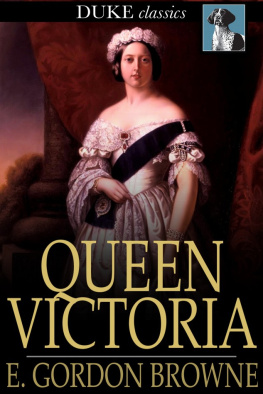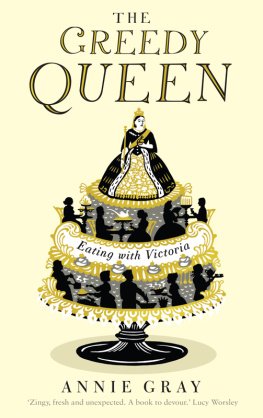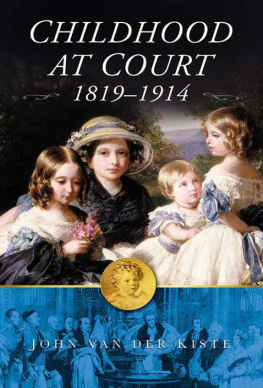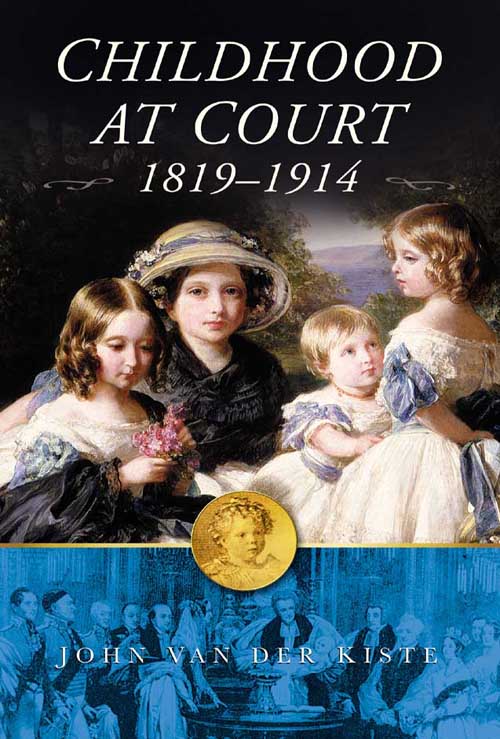CHILDHOOD
AT COURT
18191914
CHILDHOOD
AT COURT
18191914
JOHN VAN DER KISTE

First published in 1995
This edition published in 2003
The History Press
The Mill, Brimscombe Port
Stroud, Gloucestershire, GL5 2QG
www.thehistorypress.co.uk
This ebook edition first published in 2011
All rights reserved
John Van der Kiste, 1995, 2003, 2011
The right of John Van der Kiste, to be identified as the Author of this work has been asserted in accordance with the Copyrights, Designs and Patents Act 1988.
This ebook is copyright material and must not be copied, reproduced, transferred, distributed, leased, licensed or publicly performed or used in any way except as specifically permitted in writing by the publishers, as allowed under the terms and conditions under which it was purchased or as strictly permitted by applicable copyright law. Any unauthorised distribution or use of this text may be a direct infringement of the authors and publishers rights, and those responsible may be liable in law accordingly.
EPUB ISBN 978 0 7524 7308 6
MOBI ISBN 978 0 7524 7307 9
Original typesetting by The History Press
Contents
Foreword
T his book is an examination of the childhoods of royalty during the Victorian and Edwardian era. What were the education and upbringing of Queen Victoria and her descendants like, and how did it prepare them for the years ahead? What recreational pursuits and pets did they have? How much effect did tutors and governesses have on the Princes and Princesses? Was it a life of privilege and unbounded luxury? How did other children at court, such as the sons and daughters of members of the household, react to their glimpses of life at court? Were the days of their youth the happiest of their lives? To Princess Feodora, Queen Victorias half-sister, childhood was that dismal existence of ours, while that of Queen Marie of Roumania was a happy, carefree one, the childhood of rich, healthy children protected from the buffets and hard realities of life.
I have explored their lives, individually and collectively, in more or less chronological order, from the infancy of Queen Victoria herself to that of her great-grandchildren in the Edwardian age, taking the outbreak of the First World War as marking the end of the latter. Some might argue that to choose the date of birth of the Queen herself as the beginning of the Victorian age is taking liberties, but for this I offer no apology. While I have written on royal childhoods by families in some of my previous books, this new treatment is an attempt to throw new light on them thanks in part to letters which were previously unavailable and focus in greater detail than before, particularly on what might be termed the social and domestic, rather than biographical, aspects.
To cover the royal cousins in European reigning families of the age would have been impossible in a book of this size, but I have made allusion to the early years of some of the German and Russian imperial children, particularly where their paths crossed with their cousins in Britain.
Royal nicknames are used on occasion in the text, not in order to assume a false familiarity with the personages involved, so much as to try to minimize confusion between similarly named people and avoid perpetual use of the complete, sometimes rather cumbersome, title. Thus Prince Alfred, Duke of Edinburgh, is generally Affie, while his son is usually young Alfred as it so often was in the letters of Queen Victoria, equally keen to differentiate between the two.
I am grateful to the following for advice, assistance and access to previously unpublished material: the Trustees of the Broadlands Archives, Pat Bryan, Jim Hanson, Steven Jackson of the Commemorative Collectors Society, Ian Shapiro of Argyll Etkin Ltd, and Charlotte Zeepvat. Once again, the staff of the Kensington and Chelsea Public Libraries have generously allowed me access to their incomparable biography collection; my editors Jaqueline Mitchell and Rosemary Prudden have worked hard in seeing the work through to publication; and as ever my parents Wing Commander Guy and Nancy Van der Kiste have been an unfailing source of encouragement and help throughout.
1
No scope for my very violent
feelings of affection
N ot to have enjoyed the pleasures of youth is nothing, Princess Feodora of Hohenlohe-Langenburg wrote to her half-sister, Queen Victoria (17 March 1843), but to have been deprived of all intercourse, and not one cheerful thought in that dismal existence of ours, was very hard.1
Our childhood was a happy, carefree one, Princess Marie of Edinburgh, later Queen Marie of Roumania, wrote in contrast some ninety years later, the childhood of rich, healthy children protected from the buffets and hard realities of life.2
Princess Victoria of Kent, who succeeded to the throne as Queen Victoria less than a month after her eighteenth birthday, had a comparatively deprived childhood. Most of her grandchildren, including Queen Marie of Roumania, grew up as one child of several in a large nursery. So did many of her subjects, among them Molly Hughes: A girl with four brothers older than herself is born under a lucky star. To be brought up in London, in the eighteen-seventies, by parents who knew how to laugh at both jokes and disasters, was to be under the influence of Jupiter.3
Queen Victoria was never under the influence of Jupiter. Her father married for reasons of state, to a widow nearly nineteen years younger than himself; only a long journey by her parents when her mother was seven months pregnant ensured that she was born on British soil; her christening was the scene of a family quarrel which had her mother in tears; and she was a mere eight months old when her father died.
On 6 November 1817 Princess Charlotte, wife of Prince Leopold of Saxe-Coburg Saalfeld and daughter of George, Prince Regent, died in childbirth after producing a stillborn son. The prospects for the British line of succession were ominous. None of the thirteen sons and daughters of King George III and Queen Charlotte who survived to maturity had produced a single legitimate child among them, with the exception of the hapless Princess Charlotte. It was vital for the Kings bachelor sons to contract officially recognized marriages and ensure the succession with the bait of generous marriage grants. Since most of them were better at spending money than saving it, such offers were irresistible.
On 30 May 1818 the Kings fourth son Edward, Duke of Kent, married the widowed Princess Victoire of Leiningen at the Ehrenburg Palace, Coburg. Aged thirty-one, she had two children by her marriage to Emich Charles, Prince of Leiningen, Prince Charles and Princess Feodora. In order to prevent doubts as to the validity of the marriage, and succession problems in either country as the King of Great Britain was also King of Hanover a second ceremony was held at Kew Palace on 11 July. The latter was a double wedding, the union between William, Duke of Clarence and Princess Adelaide of Saxe-Meiningen being solemnized at the same time.
Marriage, and a parliamentary grant, did not put an end to the Duke of Kents financial problems. On the contrary, it intensified them. He had increased his debts by borrowing to pay for presents to his wife, including a splendid wedding dress. The Prince Regent, no novice at the art of spending lavishly himself and no friend of his radically minded brother, refused to help him. The rest of the family urged the Kents to leave the country, since living abroad was cheaper, and in September they returned to Amorbach.

